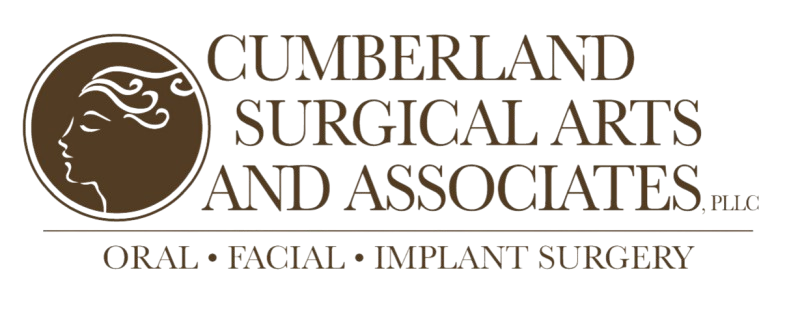When you think about insurance, you think about full coverage. There are a lot of things to consider when it comes to insurance coverage, and all insurance plans are not created equal. We purchase insurance to safeguard ourselves against unforeseen, large expenses. Dental insurance provides a limited benefit for dental services. It is important to understand the unique differences of dental insurance when attempting to utilize its benefits. Here are 6 things you need to know about your dental insurance.
- Most insurance companies offer a variety of dental benefit plans with different features. Each plan a dental insurance company has is different. Even if you and a friend use the same insurance company that does not guarantee that you will have the same plan or coverage. If your plan is through your employer, the benefits have been determined by your employer in order to contain costs. One plan may allow an x-ray every year while another only covers it once every 5 years. Coverage or lack of coverage is not related to the medically necessity of the service. Just because it is not covered does not mean you do not need it.
- Your dentist may not “participate” in your dental plan’s network. An office needs to be “contracted” with your insurance plan to be in network. Being contracted is commonly referred to as being a “participating” or “preferred” provider. It really only means that the office has agreed to accepting a reduced fee from the insurance company and also must agree to the rules that the insurance company has created. These rules are not always based on accepted clinical standards of care, but instead on the ways to minimize the insurance company’s expenses. If the office is not contracted, they are considered out-of-network. Some plans have very generous out-of-network benefits, some have limited, and some have none. Sometimes it is more advantageous to use an out-of-network provider when the insurance plan restricts the procedures an in-network provider is allowed to perform on its members. Stepping outside the insurance company’s network of “preferred” or “participating” providers allows for more freedom for you and your doctor to determine the best course of treatment for you. It is important to consider more than your doctor’s network status with your plan when deciding on treatment.
- There are two types of deductibles – Individual and Family. The amount a patient must pay “out of pocket” before insurance reimbursement begins is the deductible. An example of an individual deductible is $50, family is $150. If the family deductible is met (3 people in the family meeting the $50 individual deductible), then the deductible for all of the dependents on that plan has been met. There are different levels of deductible depending on the provider’s network status. Some visits and procedures are not subject to the deductible, meaning that payment by the insurer is immediately available for those services.
- Dental benefits are calculated within a “benefit period”. Your plan could be based off of a calendar year (January-December), or a fiscal year (October-September). Your annual maximum will be calculated based on the procedures completed during these times. The annual maximum for dental insurance is much less than a medical insurance, which now since the implementation of the ACA is unlimited. Annual benefits typically range from $1000 to $2000 for the year. This means that the most your insurance will pay out in a calendar or fiscal year is that amount, leaving you responsible for all additional costs of treatment. Dental maximums have not increased since they first appeared in the 1970s.
- Percent of coverage depends on the type of procedure needed. Preventative, restorative, basic, and major all have different percentages of coverage. They are not all covered equally. Oral Surgery may have its own category or fit into major. It all depends on the plan. Many times Preventative is covered at 100% while restorative is at 50%, basic at 80%, and major at 50%, for example. Again, the amount of coverage is plan specific.
- Prior approval required or pre-determination suggested. Your insurance may require an approval by their dental reviewer prior to services being rendered. It is always helpful to submit a pre-determination to get a better idea of coverage on expensive procedures, if possible. By doing this, you will see the percent of coverage before beginning the procedure. While it is not a guarantee of payment, obtaining a pre-determination of benefits helps you to make an informed decision about any possible benefits your plan may extend for your procedure. Some plans require a prior approval for certain procedures or if your age falls outside the accepted range for the procedure. For example, some plans only cover extraction of wisdom teeth between the age of 15 and 30 years. If you are 35, the plan requires your chart to be reviewed by a dental reviewer to determine if the plan will cover the procedure. If the service is performed without the prior approval, the insurance company will deny the claim for payment.
- It is our hope that these 6 items will help explain dental insurance benefits. Please feel free to ask any questions you may have concerning dental insurance coverage during your consultation appointment.
Locations
2285 Rudolphtown Rd Suite 200, Clarksville, TN 37043
Phone: (931) 552-3292
Email: cumberlandsurgicalarts@gmail.com
- MON - FRI8:00 am - 4:30 pm
- SAT - SUNClosed
- MON - TUE8:00 am - 4:30 pm
- WEDClosed
- THU8:00 am - 4:30 pm
- FRI - SUNClosed
- MON - TUEClosed
- WED8:00 am - 2:00 pm
- THU - SUNClosed









